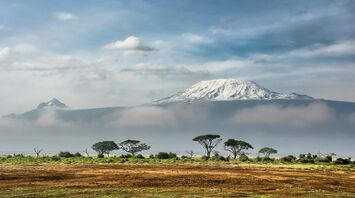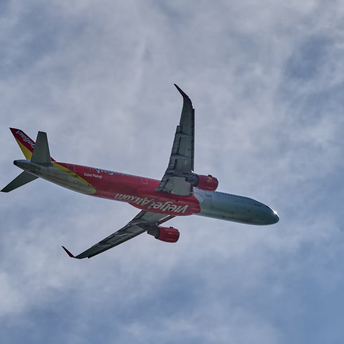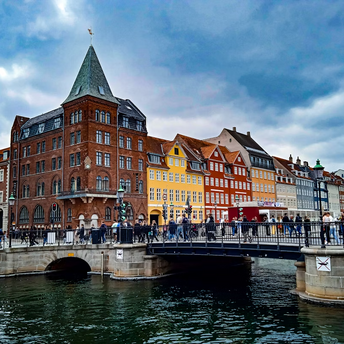Everything You Need to Know About Climbing Mount Kilimanjaro

To summit Mount Kilimanjaro is an expedition of a lifetime. Whether you’re a seasoned mountaineer or a first-timer, there are key questions to consider before tackling the Tanzanian peak. Here’s a comprehensive guide to help you prepare for this incredible adventure.
What Levels of Fitness and Climbing Experience Do I Need?
Mount Kilimanjaro is more of a long, high-altitude trek than a technical climb. You don’t need ropes, ice axes, or crampons, making it suitable for people with no climbing skills. However, having a basic level of fitness will make the experience more enjoyable. Regular walks, runs, or hikes will build strength and stamina in your legs and boost your confidence. If you have concerns about your fitness or ability to cope at altitude, consult with your doctor.
How Do I Choose a Guide and Tour Operator?
Regulations require climbers to ascend with a local guide. This means any expedition operator based outside of Tanzania will collaborate with local companies, contributing to the local economy. Ensure the tour operator is licensed by the Kilimanjaro National Park and registered with the Tanzania Association of Tour Operators. Avoid the cheapest options as they may cut corners, leading to rushed climbs, poor-quality equipment, or unfair wages for porters and staff. Reading online reviews can help gauge the standards.
What Are the Travel, Accommodation, and Catering Logistics?
Numerous airlines fly to Kilimanjaro International Airport. From there, most climbers travel by minibus or taxi to Moshi or Arusha, gateway towns to Kilimanjaro National Park. During the trek, you’ll sleep in huts or tents provided by the outfitter and carried by porters between camps. Cooks prepare carb-heavy, energy-rich meals, along with local delicacies like mandazi (African doughnuts), and ginger tea to settle your stomach.
How Much Does a Guided Expedition Cost?
The cost of a guided expedition varies depending on the length of the climb. Longer climbs are more expensive but offer better acclimatization, increasing your chances of summiting. The dry seasons from January to March and June to October are the best times to climb, offering clear skies and dry conditions. However, temperatures vary greatly, dropping to as low as -20C at the summit.
Which Route Should I Climb?
There are seven official routes up Kilimanjaro, each with its own characteristics:
- Marangu Route: The busiest route, easily accessible, with huts for accommodation. However, its shorter climb time impacts acclimatization success.
- Machame Route: A longer route that allows for better acclimatization.
- Lemosho Route: Offers the best views and quieter paths.
- Rongai Route: The only route ascending from the north, offering good monkey-spotting opportunities.
- Umbwe Route: The shortest and steepest route for experienced climbers.
How Many Days Should I Plan for My Trip?
Most teams summit and descend in five to nine days. The climb is best done in ‘pole pole’ (slowly in Swahili) style to acclimatize properly. More days on the mountain increase your chances of reaching the summit. Additional activities in the area include visiting caves and waterfalls, touring banana and coffee plantations, or going on a safari.
What Equipment Do I Need?
A good operator will provide a kit list and hire options. You’ll need layers to stay warm and dry, starting with breathable base layers, a fleece, and an insulated jacket. Pack waterproofs, thermal layers for night-time, comfy shoes, a cap, sunscreen, and a warm hat and gloves. Key equipment includes trekking poles, a head torch, an insulated sleeping bag, and a rucksack with at least a 30-liter capacity.
What Are the Main Risks?
Altitude sickness (AMS) is the primary risk, causing symptoms from headaches and dehydration to serious pulmonary or cerebral oedemas. Proper acclimatization, slow ascent, hydration, and climbing with accredited, first-aid-trained guides who can respond promptly are essential. The psychological challenge of impaired sleep quality at high altitude can be mitigated by maintaining a positive attitude and enjoying motivational songs taught by guides.
What Ethical Considerations Should I Be Aware Of?
Kilimanjaro is a UNESCO World Heritage Site and sacred to the local Chagga people. Respect the local people and environment by choosing operators with good sustainability credentials, following the ‘leave no trace’ principle, and using reusable bottles. Consider donating to local tree-planting organizations to offset your carbon footprint. At the summit, avoid touching the remaining ice cliffs to prevent damage.
Climbing Mount Kilimanjaro is a challenging but rewarding adventure. Proper preparation, choosing the right guide, and respecting the environment will ensure a successful and memorable expedition.



















